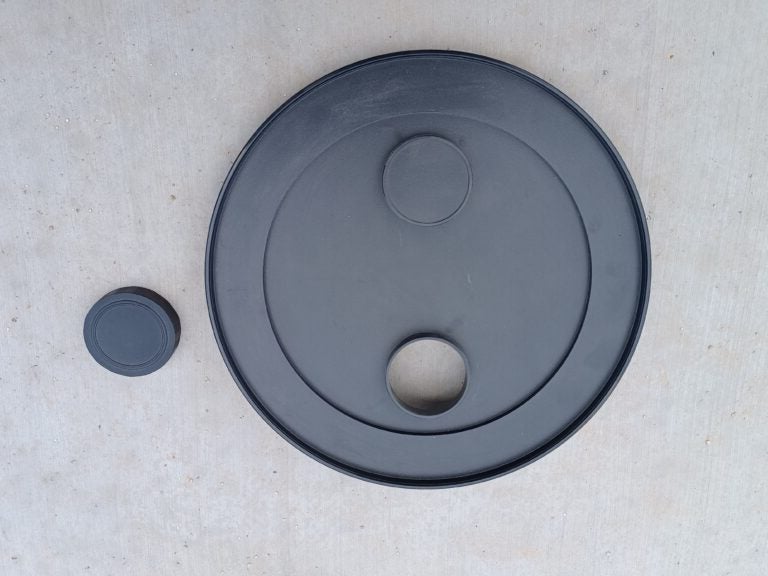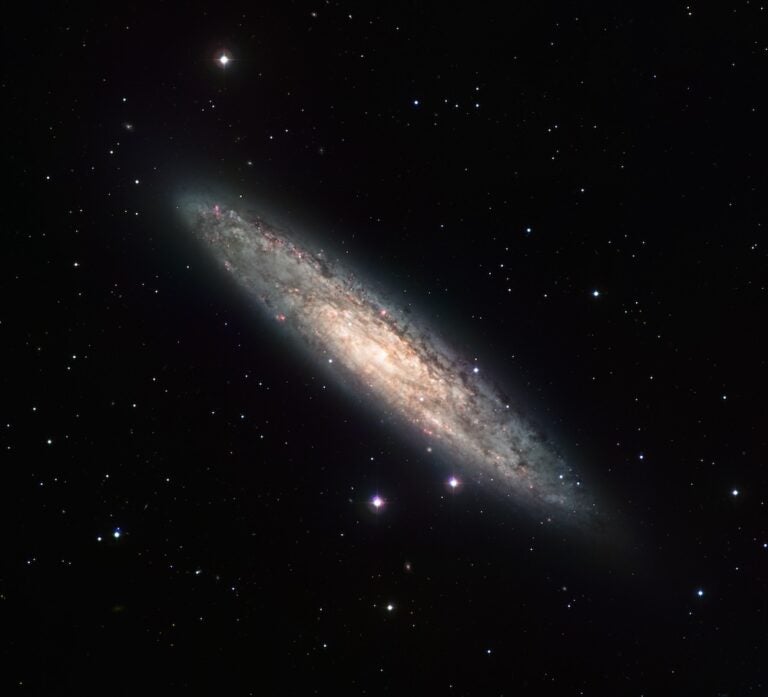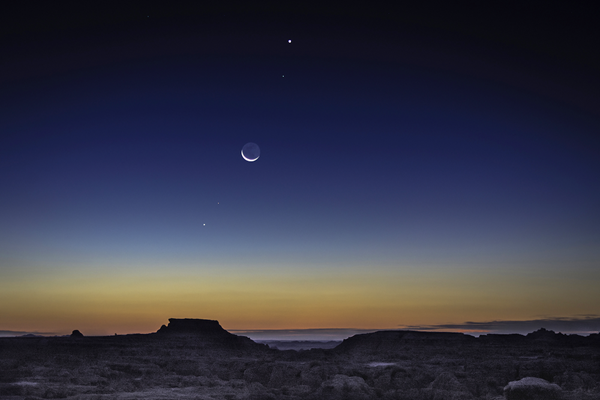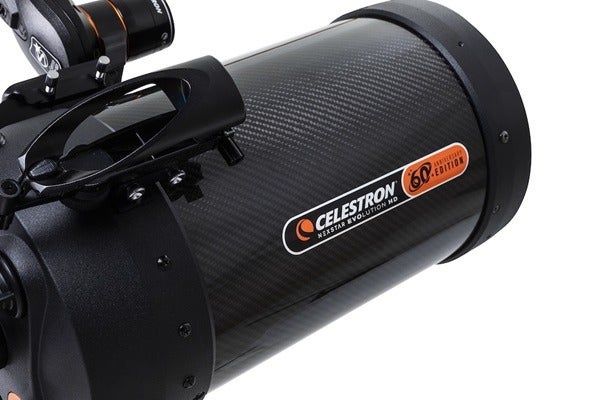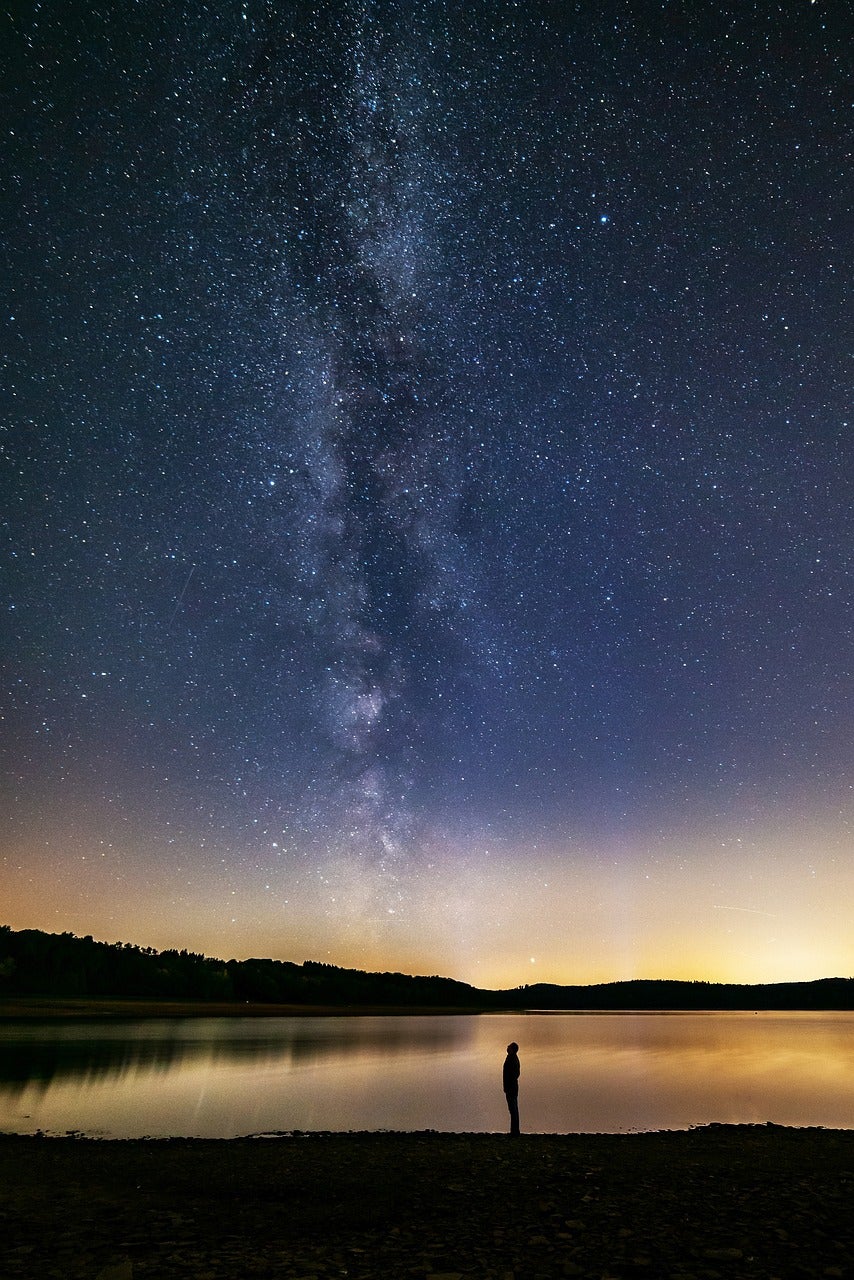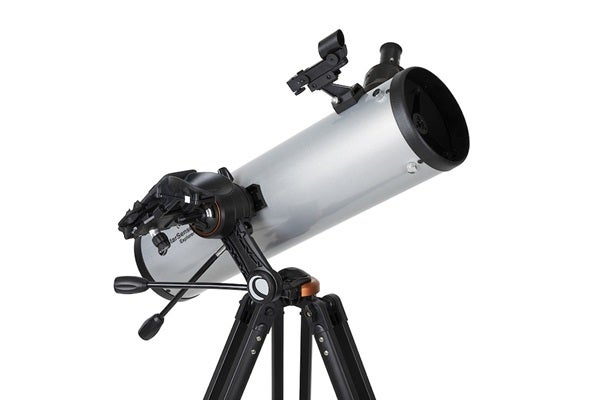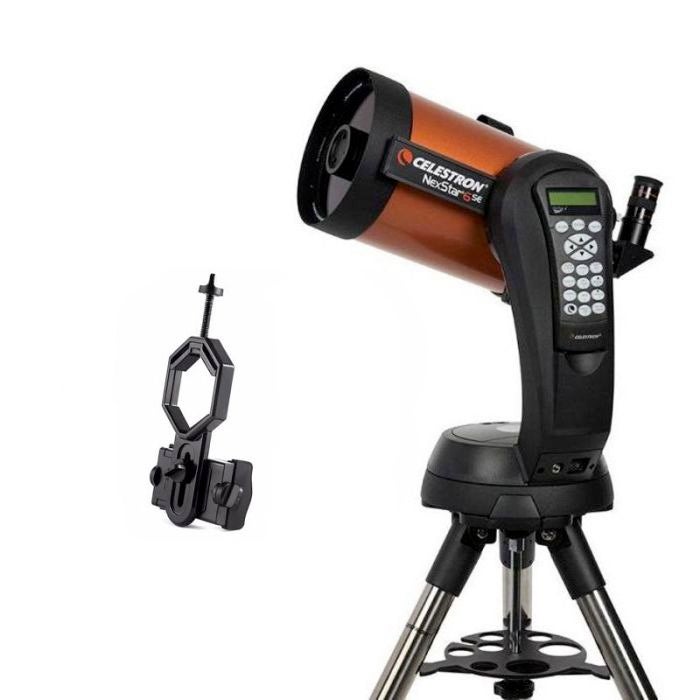Alright, so I exaggerate. Astronomy Day isn’t exactly a major holiday, and you’ll be hard-pressed to find Astronomy Day cards. But to thousands of enthusiasts, Astronomy Day rivals New Year’s Day in importance. It’s a time when we pay due respect to a noble science and share our passion for backyard observing with the public. In the process, we hope to recruit some newcomers to our ranks.
What better way to accomplish that goal than with a public star party? For those of you planning such an event (if you’re a member of an astronomy club, make this a priority!), here are a few pointers to help ensure yours is a success.
Plan a star party around the time of First Quarter Moon. There’s a good reason why Astronomy Day coincides with this lunar phase. Our only natural satellite may be a pain in the butt for those of us trying to detect 14th-magnitude galaxies in an already light-polluted sky. John or Joan Newcomer, however, won’t be impressed if he or she is greeted by a faint smudge of light when peering into the eyepiece. But give them the Moon? Wow! Unbelievable! Fantastic!
Besides the “wow” factor, there’s another important reason for including the Moon on your star party menu. A first-time telescope viewer often has difficulty making the eye-to-eyepiece connection. At star parties held on dark-sky evenings, I’ve seen people struggle to glimpse non-lunar targets like Jupiter or Saturn. The Moon, on the other hand, lights up the eyepiece, guiding the viewer to the “sweet spot.” Later in the evening, when a planet or bright deep-sky object is in the telescope’s field of view, the newcomer will have an easier time seeing it.
Impress your audience with the wonder of the night sky, not the magnificence of your equipment. I once brought a 4.5-inch reflecting telescope to a star party dominated by large, expensive telescopes. Nobody bothered to stop for a look through my puny little scope; I had to virtually beg passers-by to take a peek. Once they did, however, they were amazed at how much they could see through such a small and inexpensive instrument.
The novice whose first and only backyard astronomy experience is via a huge high-tech telescope will assume that backyard astronomy is a hobby enjoyed by only the wealthy and technically proficient. Show that person the Moon’s cratered surface or Saturn’s rings with a no-frills 4- to 6-inch reflector that costs less than a laptop, though, and your local astronomy club just might get a new member. By all means, bring the “big guns” to your star party, but plan on adding at least one modest-sized telescope to the mix.
If possible, start the star party with an explanatory talk. It helps to present a brief but informative introductory twilight talk before heading for the telescopes. Include a rundown on the evening’s observing “menu,” a demonstration of how to look into a telescope eyepiece, and some “star party etiquette”— especially if a number of youngsters are present. Caution them about running around, using bright flashlights (or even cellphones), hogging the eyepiece at the expense of others waiting in line, and (very important) sticking their faces in front of a telescope while someone is peering into the eyepiece! Above all, make sure everyone feels comfortable asking questions, no matter how silly they might seem.
Offer handouts that introduce astronomy to the beginner. At the very least, have available a resource list that includes recommended guidebooks and publications (like Astronomy!), a way to contact your astronomy club or local amateur astronomers willing to serve as mentors, and the URLs of beginner-friendly websites. Astronomy clubs should also consider Astronomy’s Star Party Action Kit, which I mentioned in my January column. It contains brochures, magazines, and booklets for clubs to hand out at a Discover the Universe star party. See www.Astronomy.com/discovertheuniverse for more information.
Many websites offer how-to information for carrying out a public star party. San Francisco Sidewalk Astronomers member Michael Portuesi offers his suggestions at http://tinyurl.com/sfastro. Those of you planning a star party for a local school will appreciate the pointers offered by the Astronomical Society of the Pacific in conjunction with its Project ASTRO outreach program. Log on to http://tinyurl.com/ASPparty.
Astronomy Day may pale in comparison to New Year’s Day, but it has one feature that no other holiday can offer: It’s observed twice each year! Take that, New Year’s! The second Astronomy Day will occur October 20. Stay tuned!
Questions, comments, or suggestions? Email me at gchaple@hotmail.com. Next month: spring double stars. Clear skies!



